
As climate clock ticks, aviator races to photograph glaciers
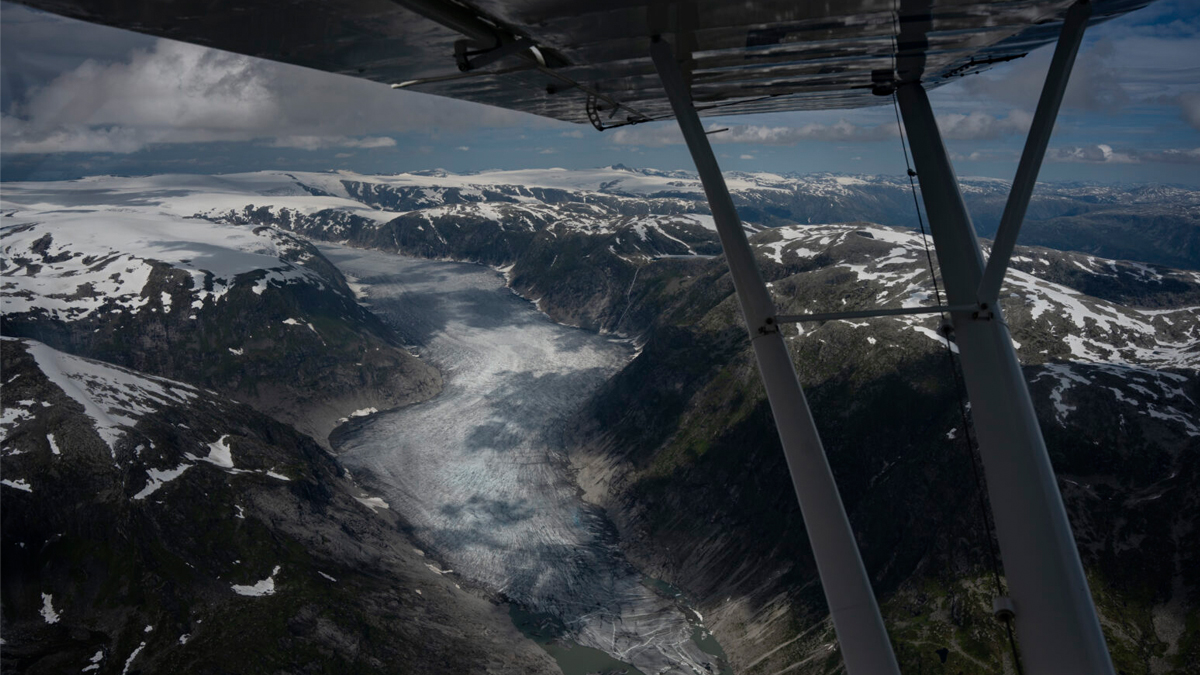
Chunks of ice float in milky blue waters. Clouds drift and hide imposing mountaintops. The closer you descend to the surface, the more the water roars — and the louder the “CRACK” of ice, as pieces fall from the arm of Europe’s largest glacier.
The landscape is vast, elemental, seemingly far beyond human scale. The whole world, it seems, lies sprawled out before you. Against this outsized backdrop, the plane carrying the man who chases glaciers seems almost like a toy.
“No one’s there,” the man marvels. “The air is virtually empty.”
This is Garrett Fisher’s playground — and, you quickly realize, his life’s work.
He is traveling the world, watching it from far above, sitting in the seat of his tiny blue-white “Super Cub” aircraft. It’s here that he combines his two longtime passions — photography and flight — in a quest to document every remaining glacier on the face of the Earth.
On one level, the 41-year-old Fisher does it for a simple reason: “Because I love them.”
But he does it, too, because of weightier things. Because the climate clock is ticking, and the planet’s glaciers are melting. Because Fisher is convinced documenting, archiving, remembering all of this serves a purpose.
Because, in the end, nothing lasts forever — not even ancient glaciers.
Glaciers aren’t static. In a world that’s getting warmer, they’re getting smaller.
“In 100 or 200 years, most of them will be gone or severely curtailed,” Fisher says. “It is the front line of climate change … the first indication that we’re losing something.”
According to data from the European Environmental Agency, the Alps, for example, have lost about half their volume since 1900, with the most evident acceleration of melting happening since the 1980s. And the glacier retreat is expected into continue in the future.
Estimates from the EEA say that by 2100, the volume of European glaciers will continue to decline by between 22% and 84% – and that’s under a moderate scenario. More aggressive modeling suggests up to 89% could be lost.
“We have a record of observations of small glaciers in settled areas, particularly in the Alps and Norway and New Zealand,” says Roderik van de Wal, a glacier expert at Utrecht University in the Netherlands. That record, he says, shows glaciers retreating even more. “That’s a consequence of climate change.”
The slow demise of glaciers, of course, is a problem that transcends aesthetics or even the glaciers themselves. A rise in sea level of about 15 centimetres around the globe during the past century is due in large part to glacier melt.
Which sets that ticking clock running. And which has gotten Garrett Fisher moving.
For Fisher, it started – as so many things do for so many people – in childhood.
He grew up in a quiet rural community in upstate New York, the child of local business owners and grandson of a scrappy pilot who introduced him early to aviation. He lived next door to a private airport.
Fisher was only a toddler when his grandfather Gordon plopped him in the back of his plane. The boy wasn’t happy about it, but the dismay quickly turned to delight. By age 4, he was hooked on flight.
Fisher recalls endless hours spent gazing out of his bedroom window, waiting for the barn door to his grandfather’s airplane hangar to open. The older man would tell him: “Whatever you set your mind to, you can do.”
Then, as a young man, he took up photography. Two of the three parts of his obsession were in place. (AP)
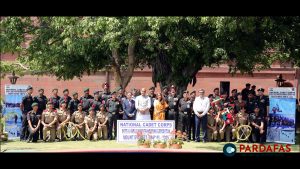
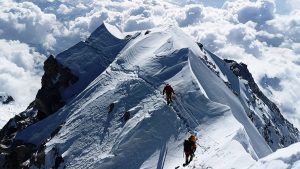

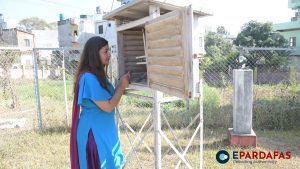
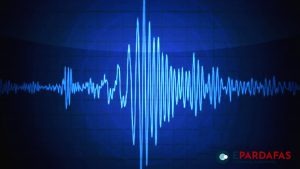
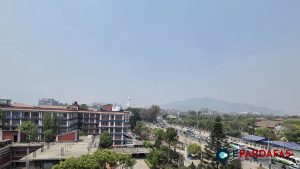


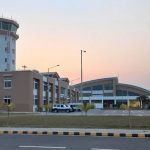


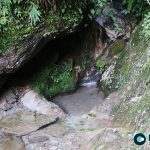
Comments